If you have sensitive skin, you know the struggle all too well. The constant redness, uncomfortable tightness, and unpredictable flare-ups can make finding the right products feel like you're navigating a minefield. Many Western skincare routines focus on "fixing" problems with potent, often harsh, active ingredients that can leave an already reactive complexion feeling even more stressed out.
Japanese skincare, or J-Beauty, offers a profoundly different path—one built on peace and prevention. It's a philosophy that has made japanese skincare for sensitive skin a celebrated safe haven for so many.
Why Japanese Skincare Calms Sensitive Skin
At its core, the Japanese approach is less about fighting against your skin and more about working with it. Think of your skin's moisture barrier as a delicate fortress wall. J-Beauty focuses on meticulously reinforcing this wall every single day, making sure it’s strong enough to defend itself against external irritants like pollution and harsh weather.
A Focus on Harmony and Prevention
Instead of reacting to issues only after they appear, the J-Beauty mindset is rooted in creating a skin environment where problems are far less likely to arise in the first place. This preventative care is built on a few core beliefs:
- Gentle Cleansing: The iconic double-cleansing method uses an oil-based cleanser followed by a water-based one. This tag-team approach thoroughly removes every trace of makeup and impurities without stripping away your skin's natural, protective oils.
- Deep Hydration: J-Beauty is famous for its emphasis on layering lightweight, hydrating products like essences or lotions. This "moisture sandwich" technique deeply quenches the skin's thirst, making it plump, resilient, and much less prone to irritation.
- Minimalist Formulas: Products are often formulated without unnecessary additives. You'll find fewer harsh fragrances, sulfates, and certain types of alcohol that are common triggers for sensitivity.
This cultural preference for gentle yet effective formulations isn't just a trend; it's a massive market. The Japanese sensitive skincare market generated approximately $2,802.3 million in 2023 and is projected to nearly double by 2030. It's clear that people are seeking out this calming approach.
The ultimate goal isn't a quick fix, but to cultivate mochi hada—skin that is consistently soft, plump, and calm. This is achieved through nurturing rituals, not aggressive treatments.
To truly understand the J-Beauty difference, it helps to see it side-by-side with more common approaches.
Core Principles of Japanese Skincare for Sensitive Skin
| Principle | Japanese Skincare Approach | Common Western Approach |
|---|---|---|
| Philosophy | Prevention & Nurturing: Create a healthy environment to prevent issues. | Correction & Treatment: Target specific problems (acne, wrinkles) with potent actives. |
| Cleansing | Double Cleanse: Gentle oil and foam cleansers preserve the skin barrier. | Single Cleanse: Often with stronger surfactants that can strip natural oils. |
| Exfoliation | Mild & Infrequent: Use of gentle enzymes or acids to avoid irritation. | Aggressive Exfoliation: Frequent use of high-concentration AHAs, BHAs, or scrubs. |
| Hydration | Layering: Multiple lightweight, hydrating layers (essences, lotions). | Single Heavy Cream: Reliance on one thick moisturizer for hydration. |
| Key Goal | Barrier Fortification: Build a resilient, strong, and calm skin barrier. | Rapid Results: Focus on quick fixes, which can sometimes compromise the barrier. |
This table shows just how foundational the concept of gentleness is in J-Beauty, making it an ideal choice for easily distressed skin.
Science Meets Tradition
What makes Japanese skincare so special is how it beautifully marries ancient, nature-derived ingredients with cutting-edge dermatological science. Time-tested components like rice bran, green tea, and camellia oil are expertly combined with scientifically proven soothers like ceramides and hyaluronic acid. The result is products that are both powerful and exceptionally gentle.
This philosophy offers a welcome contrast to other popular beauty methods. If you're curious about how these principles stack up against another major player in the beauty world, our detailed guide on Japanese vs. Korean skincare distinctions offers some fantastic insights. By understanding this foundation of gentleness, you can see why J-Beauty is a true sanctuary for reactive complexions.
The Philosophy of Mochi Hada Skin
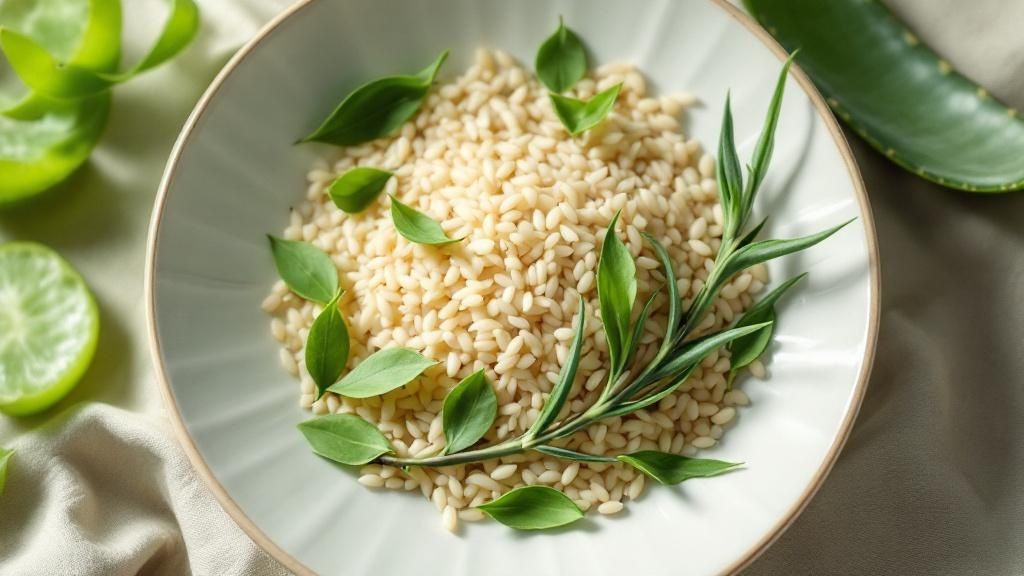 More than just a set of steps or products, Japanese skincare is built around a beautiful guiding principle: Mochi Hada. This term translates to "rice-cake skin," and it’s the perfect description of the ultimate goal—a complexion that’s incredibly soft, plump, and bouncy, just like the famous Japanese dessert.
More than just a set of steps or products, Japanese skincare is built around a beautiful guiding principle: Mochi Hada. This term translates to "rice-cake skin," and it’s the perfect description of the ultimate goal—a complexion that’s incredibly soft, plump, and bouncy, just like the famous Japanese dessert.
This isn't about chasing a digitally-filtered, poreless look with harsh treatments. Instead, achieving Mochi Hada comes from consistent, gentle care. The philosophy champions deep, lasting hydration and a strong, healthy skin barrier above all else, making it an ideal approach for anyone with sensitive skin. It naturally steers clear of the irritation that often comes with aggressive, quick-fix solutions.
Nurturing Your Skin Like a Garden
To really understand the Mochi Hada concept, I find it helps to think of your skin as a garden. Many Western skincare routines can act like weed killers; they blast a problem (like a blemish or dark spot) with powerful chemicals. Sure, it might kill the weed, but it often scorches the surrounding soil, disrupting the whole ecosystem. For sensitive skin, this just leads to more vulnerability.
The Japanese method is much more like patient, thoughtful gardening.
- Tending the Soil: The focus is on creating a healthy foundation—your skin barrier. This means nourishing it with gentle, hydrating ingredients day in and day out.
- Growing Healthy Plants: When your soil (the barrier) is balanced and thriving, your skin cells (the plants) can flourish. The result is a complexion that’s naturally resilient and radiant.
This mindset is why you’ll notice J-Beauty formulas are often so elegantly simple. They give the skin exactly what it needs and leave out everything it doesn't. This "less is more" approach is a godsend for reactive skin.
The Power of a Healthy Skin Barrier
The idea of a strong skin barrier is absolutely central to achieving Mochi Hada. Picture your skin cells as tiny bricks. The "mortar" holding them all together is made of lipids, which include crucial fats called ceramides.
When this mortar is strong and intact, your skin barrier does its job perfectly: it keeps moisture sealed in and locks irritants out. For those with sensitive skin, a weak or damaged barrier is almost always the root cause of redness, tightness, and flare-ups.
Japanese skincare is designed to constantly patch up and replenish this mortar. By focusing on deep hydration and barrier support, these products create an environment where the skin can finally protect and heal itself. This is why you see such an emphasis on ingredients that reinforce this natural defense system, a core tenet of the Japanese beauty secrets for radiant skin passed down for generations.
Ultimately, the journey to Mochi Hada shifts your entire perspective. You stop "attacking" flaws and start "cherishing" your skin's health. This gentle, respectful approach is what makes J-Beauty a sanctuary for sensitive complexions, helping you build a calm, comfortable, and beautifully bouncy glow.
Key Ingredients That Soothe and Protect

The real magic behind japanese skincare for sensitive skin is all in the ingredient list—what’s included, and just as importantly, what’s left out. It’s this thoughtful approach, blending centuries-old botanicals with modern science, that creates formulas that calm, hydrate, and strengthen.
Think of it as building a team of gentle but effective bodyguards for your skin. When you know who the key players are, you can easily read product labels and pick the formulas that will truly care for your complexion.
Traditional Japanese Botanicals
Long before we had high-tech labs, Japanese beauty was rooted in the power of nature. These time-tested ingredients are still the pillars of J-Beauty today because they have a proven track record of soothing and nourishing skin without causing flare-ups.
- Rice Bran (Komenuka): A true skincare superstar, rice bran is loaded with antioxidants and, critically, ceramides. If you picture your skin cells as tiny bricks, ceramides are the mortar holding them all together. Strong mortar means a strong skin barrier, which is essential for keeping moisture in and irritants out.
- Green Tea (Matcha): Famous for its powerful antioxidants (polyphenols), green tea is incredible at calming down redness and shielding the skin from daily environmental stress. It’s like a protective shield, neutralizing the damage that can easily trigger sensitive skin.
- Hatomugi (Job's Tears): This humble grain is a hydration powerhouse. It’s full of amino acids that deeply moisturize the skin, helping you get that plump, mochi hada (rice-cake skin) feeling without any heavy or greasy residue.
These ingredients are the heart and soul of traditional Japanese skincare, offering a gentle yet powerful foundation for happy, healthy skin.
Modern Scientific Soothers
What makes J-Beauty so effective is how it marries ancient wisdom with cutting-edge dermatology. This fusion results in highly targeted formulas that tackle sensitivity with incredible precision.
A key strength of Japanese formulation is the focus on biocompatible ingredients—components that your skin recognizes and can easily use. This minimizes the risk of rejection or irritation, which is critical for reactive skin types.
You’ll often find these modern soothers working alongside traditional botanicals, creating a powerful synergy that boosts your skin's overall health.
- Cica (Centella Asiatica): While it's been used in traditional medicine for ages, Cica has become a modern-day hero for its amazing soothing abilities. It's known for calming inflammation, reducing redness, and helping the skin’s natural healing process along. It's a true lifesaver after a bit too much sun or exposure to other irritants.
- Squalane: This is a highly stable oil that’s nearly identical to the oils your skin naturally produces. It provides fantastic moisture without clogging pores, absorbing easily to leave your skin feeling incredibly soft and hydrated.
- Hyaluronic Acid: Japanese brands are absolute masters of hyaluronic acid. They often use several different molecular weights in a single product. The larger molecules sit on the surface for instant hydration, while smaller ones sink deeper to plump the skin from within. Many beloved products have perfected this, which we dive into in our guide to the magic of Hada Labo cleansers.
The Importance of What Is Left Out
What a product doesn't contain is just as important as what it does. This is where Japanese skincare really shines for sensitive complexions, as many brands make a conscious effort to leave out known irritants.
This "free-from" philosophy is a game-changer.
Common Irritants Avoided in J-Beauty:
| Irritant to Avoid | Why It's Often Excluded |
|---|---|
| Harsh Fragrances | Artificial scents are a top cause of allergic reactions and irritation in skincare. |
| Drying Alcohols | Ingredients like alcohol denat can strip the skin’s natural oils, damaging the all-important moisture barrier. |
| Harsh Sulfates | Cleansers with strong sulfates (like SLS) are often too stripping and can disrupt the skin's delicate pH balance. |
| Unnecessary Colorants | Artificial dyes add zero benefit to skin health and can be a source of sensitivity for many people. |
This minimalist philosophy ensures that the products are as gentle and focused as they can be. By prioritizing calming, barrier-supporting ingredients and steering clear of common troublemakers, japanese skincare for sensitive skin offers a safe and effective way to achieve a calm, comfortable complexion.
Building Your Gentle Skincare Routine
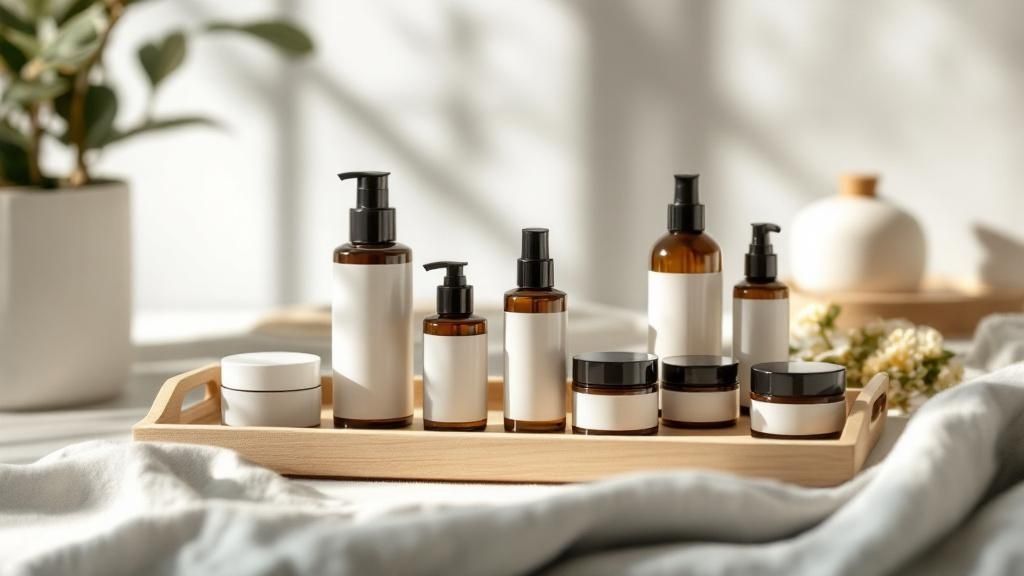
Alright, you understand the philosophy and the star ingredients. Now for the fun part: putting it all into practice. Creating a routine with Japanese skincare for sensitive skin isn't about hoarding a shelf full of bottles. It’s about mindfully choosing the right products and layering them in a way that respects your skin's delicate balance.
Think of this as your practical roadmap to a routine that soothes, hydrates, and strengthens. This isn't a rigid set of rules, but a flexible framework you can adapt to achieve calm, happy skin. And remember, application matters—always pat products into your skin instead of rubbing. This simple switch minimizes physical stress and irritation.
Step 1: The Gentle Double Cleanse
The double cleanse is the absolute cornerstone of any J-Beauty routine. If you have sensitive skin, this might sound like a recipe for disaster, but it’s actually much kinder than forcing a single, harsh cleanser to do two jobs at once. The goal here is to melt away every trace of grime without stripping your skin’s precious natural oils.
- First Cleanse (Oil-Based): You’ll start with a cleansing oil or balm on dry skin. This step is designed to dissolve makeup, sunscreen, and the day's oily buildup. Gently massage it in. It acts like a magnet for oil-based impurities, lifting them away without any harsh scrubbing.
- Second Cleanse (Water-Based): After you rinse off the oil, follow up with a non-foaming, pH-balanced cleanser. This part washes away any leftover residue. Look for creamy or milky formulas with comforting ingredients like ceramides or amino acids. Your skin should feel soft and clean, never tight or squeaky.
Step 2: The Hydrating Lotion
In the world of J-Beauty, the product we call a "lotion" or "essence" is a world away from the harsh, stripping toners you might be used to. It's a non-negotiable hydration step that preps your skin for everything that comes next.
This watery liquid is packed with humectants like hyaluronic acid and glycerin. Its job is simple: to instantly flood your skin with the moisture it lost during cleansing. It also primes your face, making it more receptive to the products you apply afterward. Just pour a little into your palms and gently pat it all over your face and neck until it’s absorbed.
A well-hydrated canvas absorbs subsequent products more effectively. Think of a dry sponge versus a damp one—the damp sponge soaks up liquid much more readily. This lotion step makes your skin that perfectly prepped, damp sponge.
Step 3: The Nourishing Serum
This is where you get specific. Serums are your targeted treatment step—lightweight fluids that deliver a high concentration of active ingredients to address your unique concerns. For sensitive skin, you’ll want a serum that’s all about soothing, repairing, and hydrating.
Keep an eye out for formulas with standouts like Cica, licorice root extract, or squalane. These ingredients are absolute heroes for calming redness and reinforcing your skin's barrier. A good serum goes to work beneath the surface, dialing down inflammation and building up your skin's resilience over time.
Step 4: The Protective Moisturizer
Your final step is to seal in all that hard work with a good moisturizer. This creates a protective layer on your skin’s surface, locking in the hydration from your lotion and serum while shielding you from environmental stressors. For sensitive skin, it’s critical to choose a cream that is free from fragrance and other common irritants.
Formulas packed with ceramides are a fantastic choice because they directly replenish the "mortar" holding your skin barrier together. This helps stop moisture from escaping and keeps irritants out. Japanese brands are masters at this, often using natural ingredients and smart delivery systems to make sure products work effectively with minimal risk of irritation. It's this deep focus on gentle efficacy that is driving the global market, and you can learn more about the growing sensitive skin care market to see just how big this trend has become.
Following this simple yet powerful four-step process creates a complete ritual that truly supports and nurtures your sensitive skin.
To make it even easier to visualize, here’s a simple table to help you build your own routine.
Gentle Japanese Skincare Routine Builder
| Step | Product Type | Purpose for Sensitive Skin |
|---|---|---|
| 1A. First Cleanse | Cleansing Oil or Balm | Dissolves makeup, SPF, and sebum without stripping the skin's natural oils. |
| 1B. Second Cleanse | Creamy or Milky Cleanser | Gently cleanses away remaining impurities while maintaining the skin's pH balance. |
| 2. Hydrate | Hydrating Lotion or Essence | Instantly replenishes moisture post-cleansing and preps skin for better product absorption. |
| 3. Treat | Soothing Serum | Delivers concentrated ingredients to calm redness, reduce inflammation, and repair the skin barrier. |
| 4. Moisturize | Barrier-Repair Cream | Locks in hydration and creates a protective shield against environmental irritants. |
With this framework, you can confidently select products that will work in harmony to bring your sensitive skin back to a state of calm, hydrated comfort.
How to Introduce New Products Safely
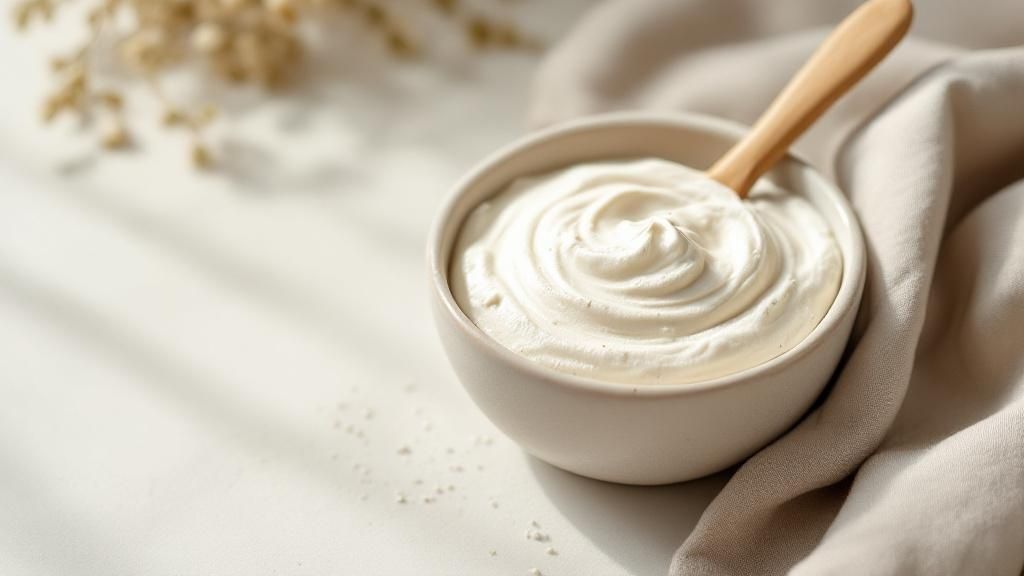
For those of us with sensitive skin, the thrill of a new product often comes with a side of dread. Will this be my new holy grail, or will it trigger a week-long flare-up? This is exactly why mastering how to introduce new additions to your Japanese skincare for sensitive skin routine isn't just a smart move—it’s an essential survival skill.
Think of yourself as the careful gatekeeper for your complexion. You don't just open the door to anyone; you need to check their credentials first. The gold standard for vetting new products is the patch test, a simple but powerful technique that can save you from a world of irritation.
The Foolproof Patch Testing Protocol
Patch testing is your secret weapon. It lets you see how your skin will react to a new formula on a small, controlled area before you even think about putting it on your face. It's the critical first step to stopping a minor sensitivity from snowballing into a major disaster.
Here’s a simple, step-by-step method to get it right every time:
- Choose a Discreet Spot: Pick a small, out-of-the-way patch of skin. The inner wrist, the crook of your elbow, or just behind your ear are all perfect choices. These spots are sensitive enough to show a reaction but hidden enough to conceal any minor redness.
- Apply a Small Amount: Dab just a tiny bit of the product onto your chosen spot. You only need enough to cover an area about the size of a quarter.
- Wait and Watch (For 48 Hours): This is the hard part—patience! Leave the product on the skin without washing it off, if you can. You need to keep an eye on the area for at least 24 to 48 hours, as a true allergic reaction can sometimes take a day or two to fully develop.
- Look for Subtle Signs: Check the spot for any signs of distress. We’re not just looking for dramatic hives or a rash. Pay attention to the subtle clues: faint redness, a bit of itching, tiny bumps, or even just unusual warmth. If you notice any of these, wash the product off immediately and consider it a no-go for your face.
Key Takeaway: The whole point of patch testing isn’t just to avoid a full-blown allergic reaction. It's about learning to listen to your skin's quietest whispers of discomfort before they turn into screams.
How to Slowly Integrate a New Product
So, your new product passed the patch test with flying colors. Congratulations! But hold on—don't rush to slather it all over your face every day just yet. The final, crucial phase of a safe introduction is to integrate it into your routine slowly and steadily.
It’s like introducing a new player to a sports team. You wouldn’t put them in for the entire game right away. You let them warm up and play for a few minutes at a time to see how they gel with the rest of the team.
- Start with Low Frequency: Begin by using the new product just once every three days. This gives your skin plenty of time to adjust and gives you a chance to spot any delayed reactions that the patch test might have missed.
- Increase Gradually: If your skin is still calm and happy after a week, you can bump up the frequency to every other day. After another peaceful week, you can finally move to daily use.
This methodical approach is especially critical for products designed to stay on your skin, like serums, moisturizers, and, of course, sunscreens. Speaking of which, if you're on the hunt for a new sun protector, our guide to the best Japanese sunscreen for sensitive skin has some fantastic, gentle options.
By following this careful process, you build trust with your skin, allowing you to confidently explore the beautiful world of J-beauty without fear.
Top Product Picks for Sensitive Skin Types
Alright, now that you've got the core philosophy down, let's get to the fun part: picking out products. Walking into a store (or browsing online) can feel like a lot, but you're now armed with the knowledge to choose with confidence. This is where the theory meets your bathroom shelf.
We're going to walk through some examples of product types that perfectly capture the gentle, effective spirit of Japanese skincare for sensitive skin. The point isn't to push specific brands, but to show you what to look for so you can build a routine that truly calms and comforts your complexion. We'll connect everything back to those key ideas: hydration, barrier repair, and simple, elegant formulas.
Gentle Cleansers That Respect Your Skin
Your double cleanse is the bedrock of your routine. Getting this right means finding two partners that clean thoroughly without ever stripping your skin's delicate moisture barrier.
- First Cleanse (Oil or Balm): Look for cleansing oils loaded with skin-friendly lipids that simply melt away makeup and sunscreen. The best ones are fragrance-free and turn milky when you add water, rinsing completely clean without any greasy feeling. This step gets rid of the stubborn stuff without any harsh scrubbing.
- Second Cleanse (Cream or Milk): Your follow-up cleanser should feel more like a lotion—creamy, non-foaming, and with a low pH. Hunt for formulas that have amino acids or ceramides to wash away any leftover impurities while actively supporting your skin. Your face should feel soft and happy after, never tight or squeaky.
Hydrating Lotions and Essences
This is the quintessential J-Beauty step, the secret to achieving that plump, bouncy Mochi Hada skin. A Japanese lotion (what the West often calls an essence or toner) is a watery liquid designed to drench your skin in pure hydration. This makes your skin incredibly receptive to everything you apply afterward.
For sensitive skin, make a beeline for lotions that are alcohol-free and brimming with humectants like hyaluronic acid and glycerin. The truly great formulas also feature soothing botanicals like licorice root extract or Hatomugi (Job's Tears) to take the edge off any redness and give your skin an immediate sense of relief.
Think of this step as giving your skin a big glass of water. It instantly quenches its thirst, reduces feelings of tightness, and sets the stage for a truly effective routine.
Soothing Serums and Moisturizers
Here's where you can really zero in on your specific concerns and, most importantly, lock in all that beautiful hydration you just added. For sensitive complexions, the mission is crystal clear: repair the barrier and calm down inflammation.
- Serums: A serum featuring Cica (Centella Asiatica) or squalane can be an absolute game-changer. These ingredients are superstars at reducing redness and reinforcing your skin's natural defenses. They feel feather-light but pack a potent, calming punch that goes deep.
- Moisturizers: Your final, non-negotiable step is to seal it all in with a protective cream. A moisturizer rich in ceramides is your absolute best friend here, as it directly replaces the "mortar" holding your skin barrier together. Look for simple, fragrance-free creams that deliver lasting moisture without ever feeling heavy or suffocating.
Taking care of sensitive skin is a holistic effort. Beyond what you put on your face, your sleeping environment can make a surprising difference; you might want to look into the benefits of eucalyptus sheets for sensitive skin. And if you want to explore more hand-picked, gentle product options, our guide on the top Japanese skincare for sensitive skin is the perfect next read.
Answering Your Top Skincare Questions
Diving into the world of skincare always brings up a ton of questions, and that's especially true when you're navigating a sensitive complexion. As you start exploring Japanese skincare for sensitive skin, you'll naturally wonder how popular ingredients and techniques fit into such a gentle approach. Let's clear up some of the most common queries.
You'll find that the J-Beauty philosophy is brilliant at finding smart, soothing solutions that put your skin's comfort and long-term health first.
Can I Use Vitamin C on Sensitive Skin?
Yes, absolutely! The secret is choosing the right kind and starting slow. While powerful forms like L-Ascorbic Acid can sometimes be a bit too much for reactive skin, Japanese skincare is famous for using milder, more stable Vitamin C derivatives.
These gentler versions, like Ascorbyl Glucoside or Magnesium Ascorbyl Phosphate, deliver fantastic brightening benefits with a much lower risk of causing irritation. When you're adding any new active, just follow the golden rule: patch test first, then ease it into your routine just two or three times a week. This gives your skin plenty of time to get used to it without feeling overwhelmed.
Is Double Cleansing Really Safe?
The idea of washing your face twice might sound like it would strip your skin, but when you do it the Japanese way, the double cleanse is actually a much gentler method for sensitive complexions. Think of it this way: trying to get one harsh, foamy cleanser to remove both makeup and daily grime forces it to be overly aggressive. That's what often strips the skin, leaving it with that tight, uncomfortable feeling.
The double cleanse method is all about teamwork. It uses two specialized, gentle products to do the job more effectively. An oil-based cleanser first melts away stubborn makeup and SPF without any harsh rubbing, and a mild, creamy second cleanser then washes away any leftover residue. The result is a cleaner, calmer complexion.
What Makes Japanese Sunscreens So Good?
There's a reason Japanese sunscreens are a holy grail for those with reactive skin. They are specifically engineered for cosmetic elegance and comfort, which means the formulas feel incredibly lightweight and are non-irritating. They pull this off through a few key things:
- Advanced Sunscreen Filters: They often use newer, more sophisticated chemical filters. These provide powerful broad-spectrum protection without the heavy, greasy feel or potential irritation that can come with older ingredients.
- Lightweight Textures: Many are formulated as watery essences or feather-light gels that sink into the skin almost instantly. You won't find a white cast or sticky residue here.
- Soothing Ingredients: It’s very common for these sunscreens to be packed with skin-calming extras like hyaluronic acid or botanical extracts, turning your daily sun protection into a hydrating, comfortable experience.
While Japanese skincare does wonders for your skin's surface, a truly holistic approach also considers your environment. For example, the very bedding you sleep on can have a huge impact on your skin's health and comfort. You can learn more about choosing the best sheets for sensitive skin to create an all-around soothing sanctuary for your skin.
Ready to build your own gentle routine? Buy Me Japan offers a curated selection of authentic Japanese skincare products perfect for calming and nurturing sensitive skin. Find your new holy grail and enjoy a 10% discount on your first order. Explore our collection at https://buymejapan.com.
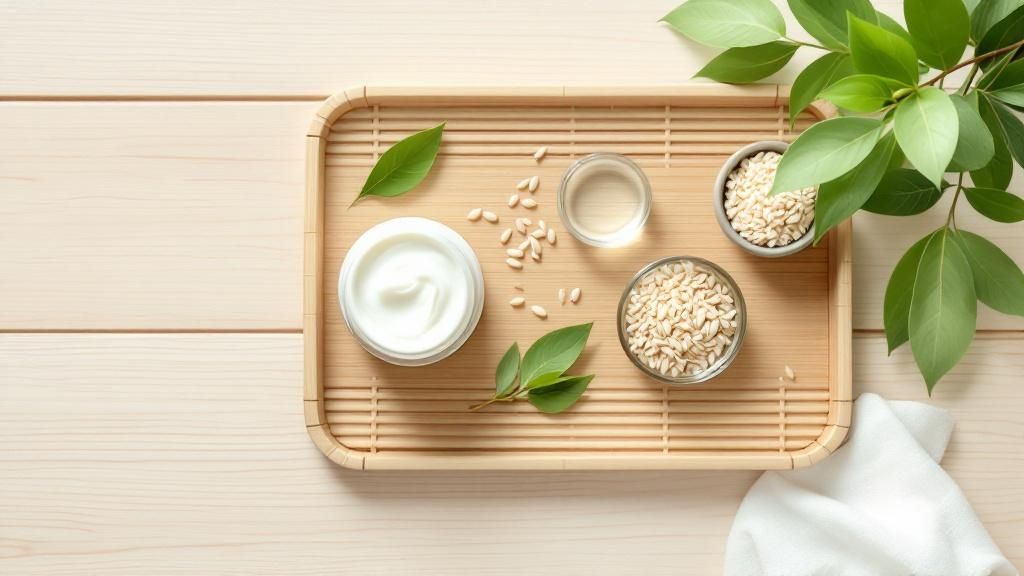
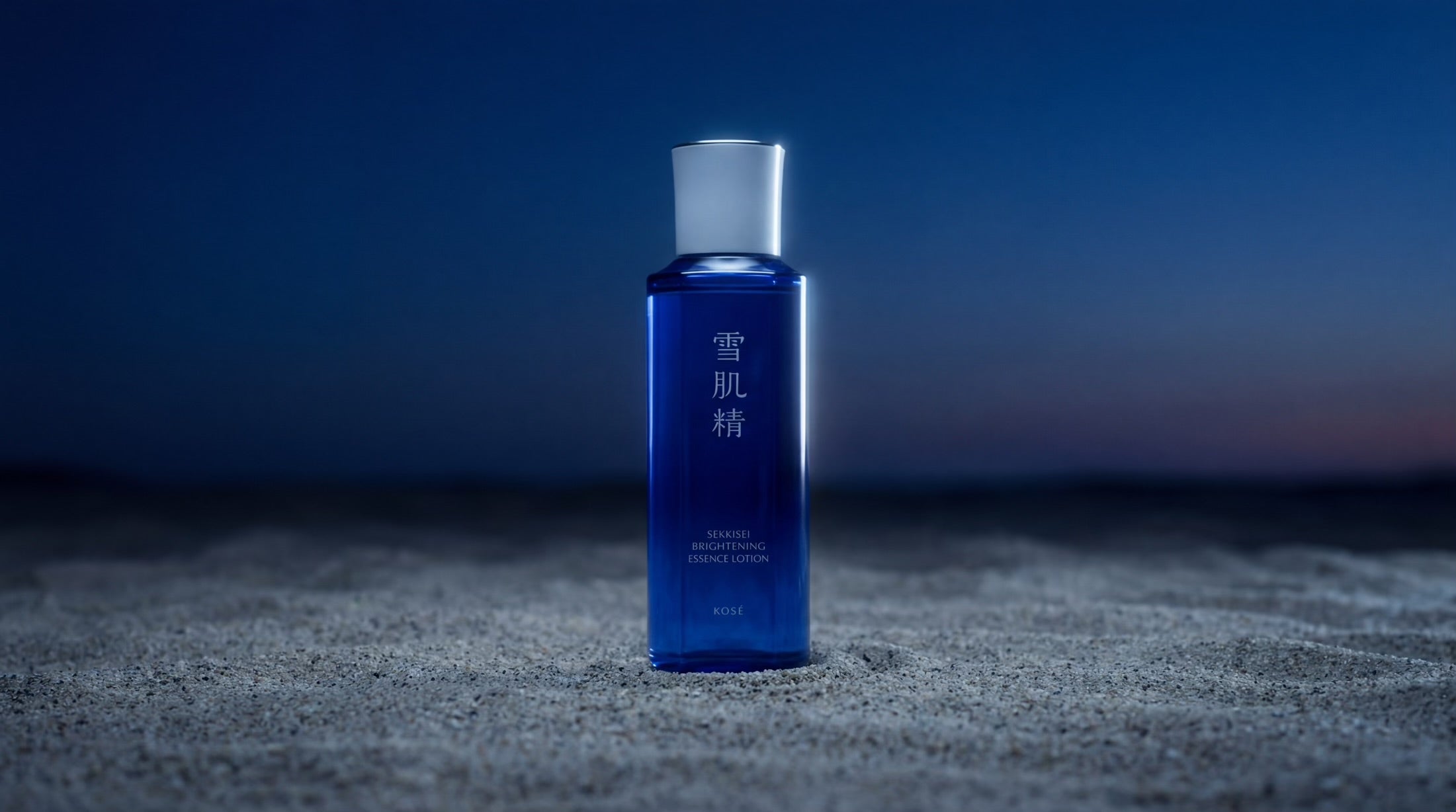
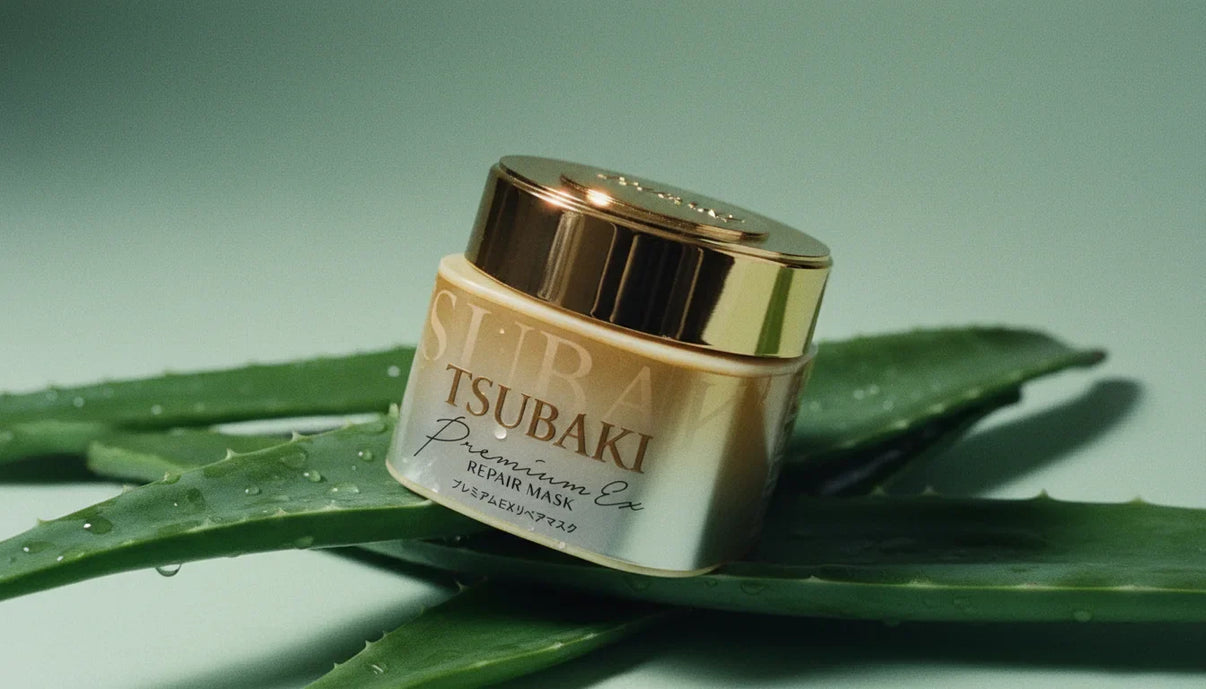
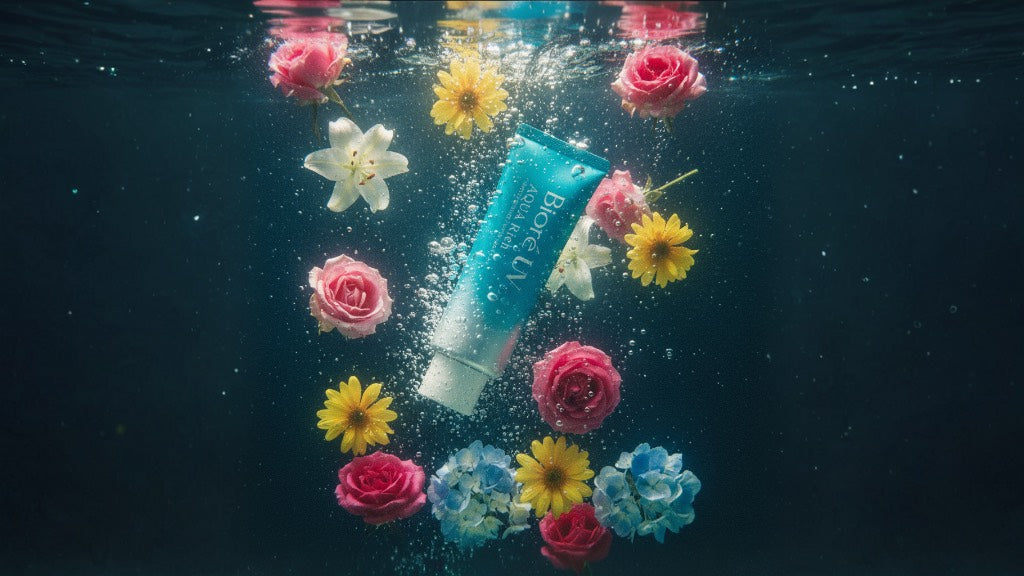
Share:
Master Japanese Eye Makeup Techniques for Stunning Looks
Discover the Best Japanese Cleansing Oil for Radiant Skin